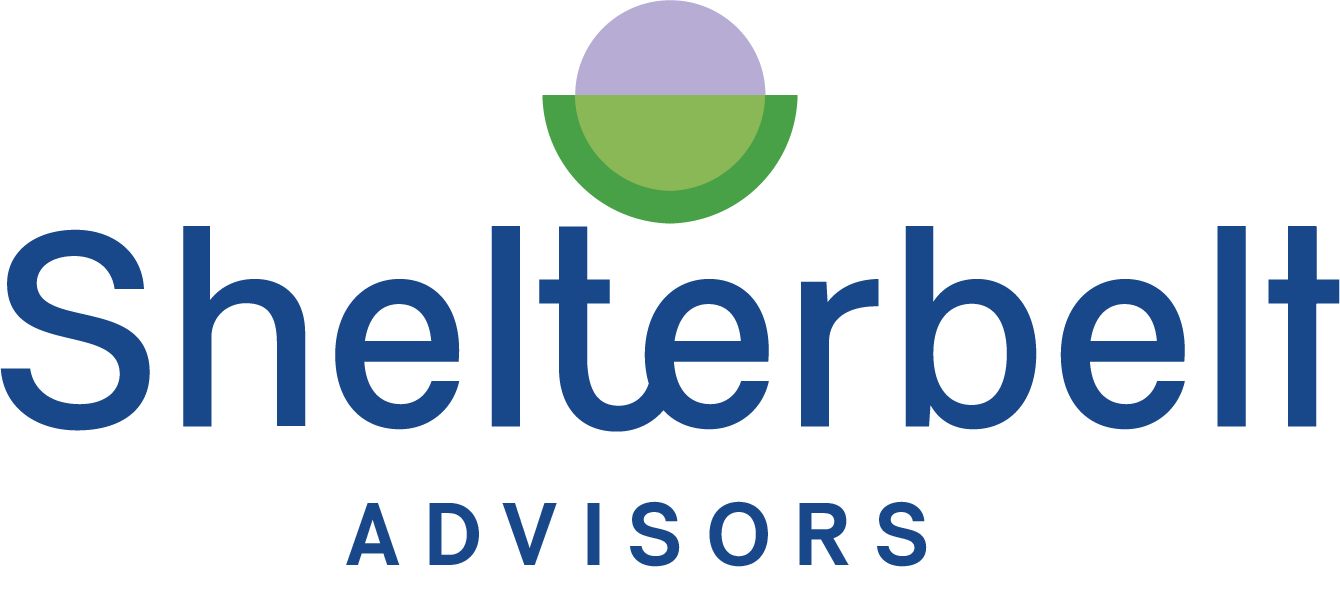What Happens to Money Without a Plan?
Why Your Money Needs a Plan (Before It Hits Your Bank Account)
Most farmers I talk to don’t have a financial plan. They have a bookkeeping system (or a shoebox full of receipts). They have a tax preparer (or a last-minute scramble in March). They might even have a business budget. But a real financial plan? One that helps them build wealth, make intentional money moves, and align their money with their values? Not so much.
And here’s why that’s a problem:
Money that doesn’t have a plan gets spent.
Or worse—it just sits there, slowly losing value to inflation, waiting for the next equipment emergency or unexpected vet bill.
You Need a Plan, Not Just a System
There’s a big difference between money management — tracking expenses, budgeting, paying taxes — and financial planning. Financial planning is knowing your personal financial goals and where your next dollar needs to go to get you there. Most financial advice for farmers focuses on money management—how to set up QuickBooks, how to budget, how to separate business and personal expenses. (Or it focuses on the short-term — like how to lower today’s tax bill.) That’s all useful, but it doesn’t answer the real questions:
How much do I need to earn each year?
What amounts should I be saving and investing?
How do I build my net worth through farm and food work?
A good financial plan answers all of these—before the money even hits your bank account. It’s proactive and forward-thinking. It puts you in control of your finances.
Put Financial Planning First
Most people try to manage their money first and plan later. You can fix your cash flow problem by deciding which bucket to drop your money into. But you can’t fix your long-term viability problem without a plan to earn enough money. Another way to say this? Shift from Profit First to Planning First — lead with your personal financial goals.
Here’s the order I recommend:
Start with a Financial Plan: Figure out your life goals and personal values as well as nitty-gritty details like investments, taxes, and insurance. Getting clear on where you are today and where you want to go will give you the roadmap to follow.
Business Plan Around Your Goals and Values: Once you’ve determined your personal financial goals, you can shape your business to support them. A solid business plan connects your financial roadmap to the day-to-day decisions that drive your business forward.
Set Up Money Management Systems: Use software (Shelterbelt likes Monarch Money for personal and Xero or QBO for business) to track where your money is actually going and make sure it aligns with your plan.
Automate Your Money Flow: Make doing the good things easy (and the bad things hard). Set up a system for managing revenue, pay, taxes, and savings, so you’re not scrambling to find money when tax season hits or an opportunity arises.
The Financial Planning Gap in Farming
Most financial advisors don’t understand farming. Most farm advisors don’t do personal financial planning. And don’t even get me started about finding a good tax person. That leaves farmers with a gap in the middle—and it’s why so many struggle with money, even when they’re running profitable businesses.
The good news? That gap is fixable.
A values-based financial plan can help you turn your farm into a wealth-building tool instead of a financial stressor. It helps you make decisions based on long-term viability, not short-term cash flow swings. It ensures that your money is working for you, not the other way around.
If you don’t have a financial plan yet, now’s the time to start. Your future self will thank you.
You’ve built something meaningful. Let’s make sure your finances help it thrive—reach out today.




